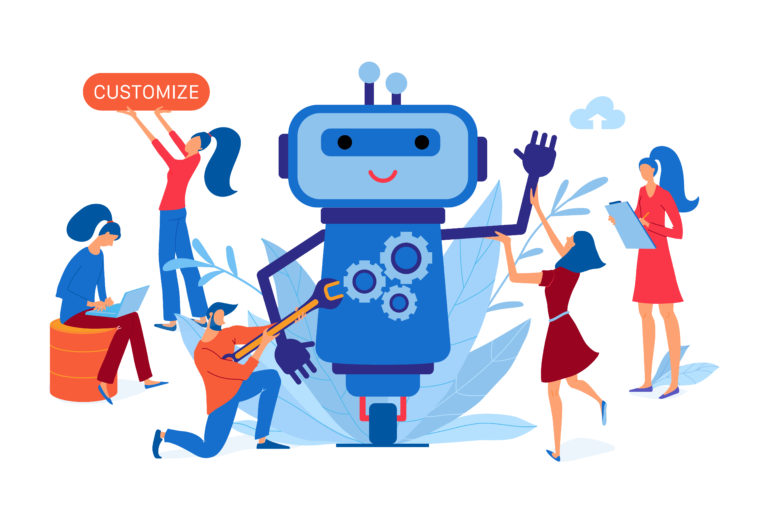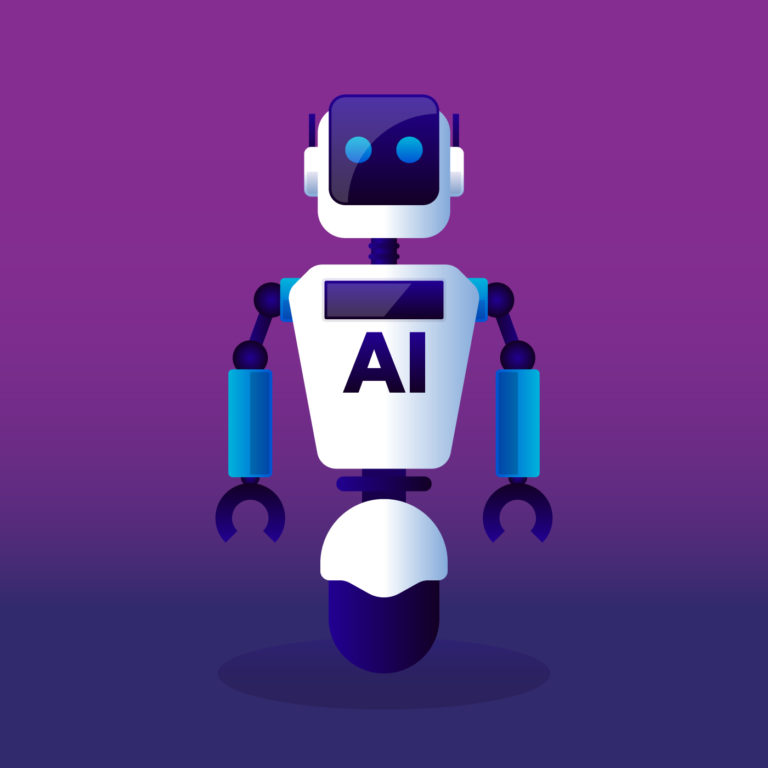Robotic Process Automation vs. Digital Process Automation
In today’s ever-shifting digital marketplace, organizations face an increasing need to focus on efficiency and innovation to stay ahead of the curve. Robotic Process Automation (RPA) and Digital Process Automation (DPA) are among the fastest-growing segments of business technology today. According to a recent study, the RPA market is estimated to reach USD 2,467.0 million by 2022, at a CAGR of 30.14%. According to Think Automation, the DPA market is now worth $6.76 billion and predicted to rise to $12.61 billion by 2023.
So that begs the question, do RPA and DPA compete or complement each other? Both are distinct technologies, but they share common goals. When deployed together, they become the foundation for the enablement of digital transformation.
What is Robotic Process Automation (RPA)?
RPA is the technology that allows businesses to automate mundane, repetitive tasks. These bots complete routine monotonous tasks, freeing up employees to complete tasks that require more emotional intelligence and reasoning.
“Bots communicate with business systems to streamline processes and reduce the burden on humans. But RPA doesn’t inherently have any intelligence; a standalone RPA doesn’t have [AI] or machine learning; it can mimic a human but it has no decision-making or judgment capabilities,” explained Anurag Saxena, a partner for automation and cognitive at ISG, technology research and advisory firm and IT service management company.
RPA does not replace business process management platforms. RPA is a subset of workflow automation that relies on bots to automate tasks by either integrating with an external API or controlling an external system’s UI. RPA allows for repetitive tasks to be completed by working directly across applications by automatically inputting data, triggering actions across multiple systems.
RPA offers:
- Low-code, with the ability to create portable, future-proof apps
- Strong BPM/DPA foundations
- Deployable as PaaS
RPA has great value by automating millions of tasks that don’t require human emotional intelligence. But when RPA is integrated with DPA solutions and with legacy systems that have no API support.
What is Digital Process Automation (DPA)?
DPA represents the evolution of Business Process Management (BPM) technologies. BPM takes the entire infrastructure of an organization’s business processes and streamlines processes to increase efficiency and reduce cost.
Digital Process Automation evolved out of the need for organizations to automate business processes to achieve digital transformation. DPA aims to extend business processes to partners, customers, and supplies, giving them better experiences when they interact with the organization. It sounds a lot like BPM. So, what’s the difference between BPM and DPA? DPA assumes that business processes are already digitized and ready to be optimized.
Key principles of DPA include:
- Maintaining transparency
- Triggering notifications
- Automating customer tasks
DPA can be used in common tasks like customer onboarding, purchase orders, credit approvals. The types of work DPA can address are primarily broken down into three categories, programmatic, transactional, and exploratory.
Programmatic: Tasks, flows, inputs, triggers, and resources. This work is often clerical back-office administration.
Transactional: This type of task usually involves prescribed workflows, but needs human intervention to carry out some tasks. Like processing mortgage applications.
Exploratory: These tasks include compliance resolution and fraud investigation. Participants must employ a set of possibilities rather than follow a recipe.
Robotic Process Automation vs. Digital Process Automation
So RPA eliminates the need for humans to complete repetitive tasks and DPA is focused on automating processes to improve the customer experience, in the end, they work together to provide better customer experiences. DPA solutions are not designed to fully replace tasks done by humans as RPA does. This is where RPA can fill in the gaps by allowing organizations to operate at a higher level of efficiency. DPA ensures the most engaging customer journey experience and RPA bots perform repetitive, time-consuming work once needed by human intervention that is identified by the DPA system.
Although Robotic Process Automation and Digital Process Automation can be deployed separately, when implemented together, their individual benefits are truly seen. RPA and DPA complement each other, by helping organizations achieve their process automation goals. In the future, RPA will be incorporated into DPA systems and organizations’ overall digital transformation strategy.
For example, a network access request is often a mundane task given to the IT department that requires no complex decision making. Normally this process looks something like this:
- Network access request submitted by an employee
- Approval by supervisor
- Approval by IT
- Request completed by IT
- The employee is notified of a completed request
Complete this request could involve logging into multiple accounts, giving access rights to only certain pages, applying settings, logging out of multiple accounts, and then marking the request complete. Adding RPA bot to perform the manual tasks that will likely be repeated multiple times as employees going the organization, change roles, etc, will optimize the process flow and free up the IT staff to focus on more demanding work.
RPA, DPA, and BPM Low-Code Convergence
In order to be successful in digital transformation, organizations must combine RPA, DPA, and BPM in a way that can be continuously improved at run-time to enhance the customer journey. A low-code and future-proofing BPM can yield hyper-agile business processes capable of functioning in numerous combinations of conditions that the changing technology landscape brings and delivers an exceptional customer journey. Once a process is built, it can be reused multiple times, without incurring costly and repetitive rebuilding efforts.



